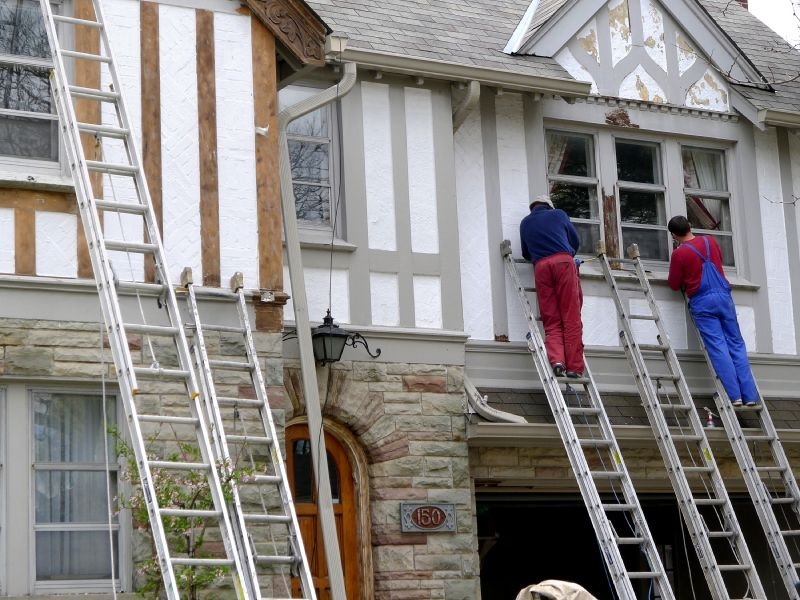The Smartest Options for the Perfect Landscape Architecture

For what is the modest personal, study and professional experience, the definition of Landscape is a concept that is still dark even among the same experts who deal with its management and consequently the forms of protection take the most varied directions, such as a compass without magnetic north.
The Landscape Architect begins by clearing the field of the simplistic vision that the landscape is only the natural beauty or the historical and artistic heritage, as is still found in some dictionary. Landscape is a term that refers to any type of landscape, including the urban and the degraded one, the anonymous one of a periphery, the industrial, mining etc.
The schools of thought are many but all converge on some fundamental questions:
- the landscape has a value and directly and indirectly influences both man and the environment, the animal and plant species that populate it;
- landscape implies the result of mineral, vegetable, human and wild interaction, consequently there is no such concept as the “natural landscape” as opposed to the “artificial / anthropic landscape”, it is always the result of the combination of both factors, especially today that even the most remote places on Earth are affected by human action in a more or less direct way;
- the landscape cooperates in the development of cultures , thus contributing to the well-being and satisfaction of human beings and to the consolidation of social identity.
However, the limits of this definition are different and leave me perplexed. For example:
- it is not clear what “perceived by the populations” means: which ones?
- Those residents or the tourist ones?
- On a local parochial, provincial and national regional scale?
And then how do you know how the “population” perceives it, only individuals perceive and challenge to find two that perceive it in the same identical way even in a small village. It is not even clear how it is perceived, exclusively visual, of historical and symbolic memory, sensory in all fields, instrumental-scientific? There are also doubts related to the “part of the territory” that in the original text (English and French) is not explicit but appears in the Italian translation.
To seek greater precision we try to understand the different visions that led to this synthesis (obviously the titles do not correspond to official nomenclatures but serve to clarify the substance immediately).
It seems evident that the central role is played by visual perception, because by transposition the landscape becomes what can be embraced in a view, so it becomes trivially what you see. This idea, usually dear to architects and fine arts experts who prefer to discuss external aspects, is intimately linked to the landscape design that from east to west often started from the perception of the site, with which perspective leaks and from which points of view, for structuring the form of the works themselves: think of the perspective axes of royal gardens or their design made to be enjoyed from the top of the noble floors of the buildings, sometimes distorting them to correct the perspective and guarantee a perfect apparent geometry from that position. This conception often refers to the common use of the term also at institutional level, the assessments of a landscape nature are considered as questions about the aspect, the assonance of certain materials or volumes in relation to the forms of the context, etc.










